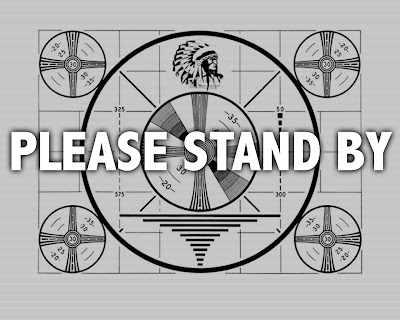After some technical difficulties rendered a new student’s camera useless, I was forced to give a first Skype lesson via audio-only. What was interesting is that I could tell what shape her hand was in by the sound she made, and that the rest of the issues were educated guesses based upon problems that vex 95% of beginning cellists.
With that in mind, I thought I’d offer this pithy advice:
Having problems? Make sure you’re satisfying these two criteria before going prospecting for more exotic solutions.
1. The right hand waits for the left. This means that your bow shouldn’t move until your left hand is securely on the note you intend to play. Securely, as in not panicked, smashed, barely keeping up, etc. Find the note with your left hand and then give it voice with the bow.
2. Make sure you’re on the new string before taking a new bow. It’s very easy to start a new bow in the middle of a string crossing and get unpredictable results. At first, cleanly pivoting may give you a chunky sound. I love chunky sound. It smacks of competence. Eventually, the boxy obviousness fades to confidence and security.
There are a zillion other issues and I haven’t even touched slurs or bow changes or left hand technique, but sometimes a little bit of information sticks better than a lot. Certainly when I’m laboring through something really challenging, these are the two things that clean up most mistakes made in haste.


One Response
Great advice!
Though, I've found that over time I prefer to think about synchronizing the timing of the right & left hand together rather than "left first, right second" … I guess Left First, Right Second is really the first step in that process